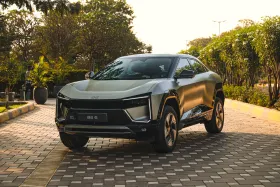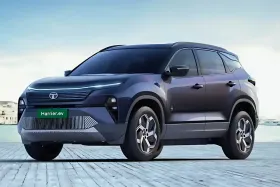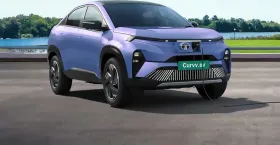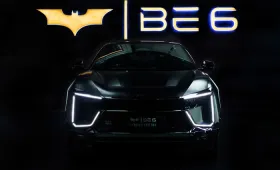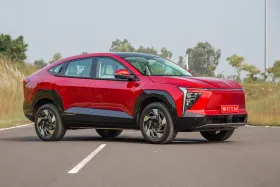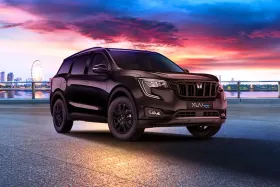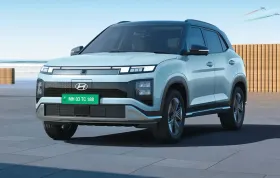TL; DR
- A range-extender hybrid is a type of series hybrid in which the vehicle’s wheels are exclusively powered by the electric motor (which draws its power from the battery pack), but it also has an engine to power the battery when it’s running low.
- While the BEVs from Mahindra could feature a range-extender hybrid system, the XUV 3XO could be equipped with a stronger hybrid system, wherein both the electric motor and the engine can transmit power to the wheels.
- While the range-extender hybrid system on the BE 6 and the XEV 9e can help increase range beyond current levels, the strong-hybrid system on the XUV 3XO can help improve fuel efficiency.
The Indian automaker Mahindra is reportedly working on the addition of hybrid powertrains on both its ICE (internal combustion engine) and BEV (battery electric vehicle) lineups, starting with the BE 6, XEV 9e, and the XUV 3XO. The hybridization plans are a result of the slower-than-expected EV adoption rate and the rise in demand for hybrid vehicles.
Also Read: MG Windsor Review: Inside India’s Best Selling EV
Mahindra BE 6 And XEV 9e To Get A Range-Extender Hybrid Setup


First, let’s understand what a range-extended hybrid powertrain is.
A range-extender hybrid is a type of series hybrid in which the vehicle’s wheels are exclusively powered by the electric motor (which draws its power from the battery pack), but it also has an engine to power the battery when it’s running low.
So, while you can plug it in and charge it like a regular electric vehicle, the vehicle relies on the engine to keep the battery topped up. In simple terms, it is an electric vehicle that utilizes a petrol engine as a power source to extend its range in real-time and eliminate range anxiety.
Typically, in a range-extender hybrid setup, manufacturers use a smaller engine and a larger battery. For the upcoming BE 6 and XEV 9e hybrid, Mahindra could reportedly use a 1.2-liter petrol engine to recharge the large battery packs (via AutoCar).
Whether the company will retain the battery capacity or shrink it to make room for the engine is something we still do not know. Given that the vehicles are based on Mahindra’s INGLO (born-electric) architecture, it is easier to integrate a range-extender hybrid powertrain into the cars while retaining the original overall driving dynamics.
Also Read: 11 Compact SUVs Under Rs. 10 Lakh (B1 & B2 Segment) In India With Key Features And Specifications
Mahindra XUV 3XO To Get A Strong-Hybrid Powertrain

While the BEVs from Mahindra could feature a range-extender hybrid system, the XUV 3XO could be equipped with a strong hybrid system, wherein both the electric motor and the engine can transmit power to the wheels. Furthermore, the battery itself doesn’t require a dedicated charging outlet, as it charges while the vehicle is in operation.
The car’s computer decides which power source to use, depending on the prevailing driving conditions. For instance, the vehicle utilizes a relatively smaller battery for low speeds while driving in the city and uses both the engine and the motor to provide maximum power during hard acceleration.
On the XUV 3XO, Mahindra could utilize a strong hybrid system paired with the existing 1.2-liter turbo-petrol engine, similar to how the strong hybrid system works on the Maruti Suzuki Grand Vitara and the Toyota Urban Cruiser Hyryder.
While the range-extender hybrid system on the BE 6 and the XEV 9e can help increase range beyond current levels, the strong-hybrid system on the XUV 3XO can help improve fuel efficiency. Moreover, the hybridization could help Mahindra push the sales of its latest and most popular BEVs and ICE vehicles. However, it might be a while before we hear more about the hybrid powertrains.
Also Read: Tata Harrier EV vs. Competition: Here’s How The New-Age Electric SUV Compare To Its Rivals
You can follow Smartprix on Twitter, Facebook, Instagram, and Google News. Visit smartprix.com for the most recent tech and auto news, reviews, and guides.















